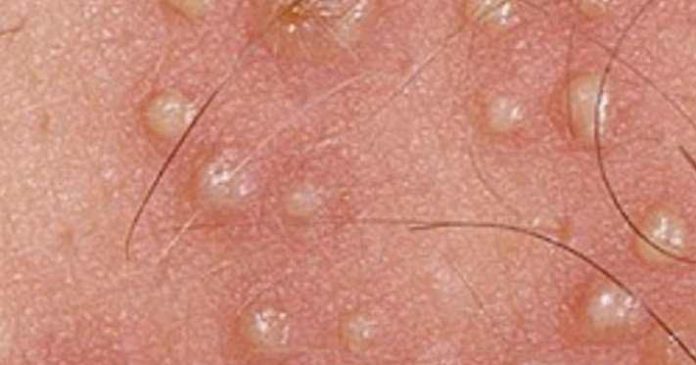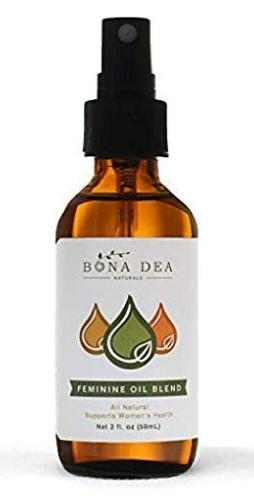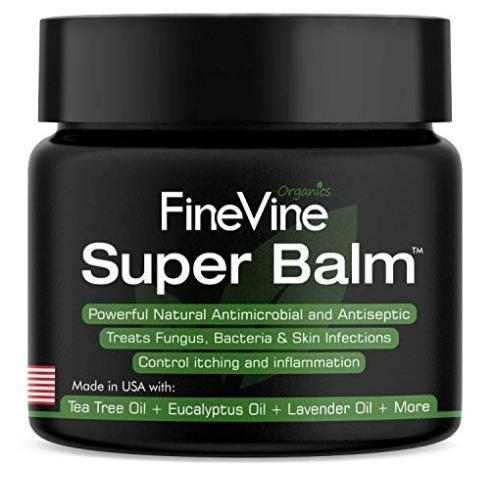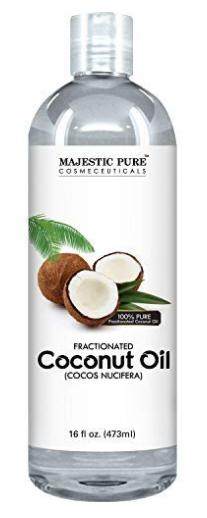What do yeast infection bumps look like? Yeast infection is a common infection caused by fungi called Candida Albicans. Most people associate it with women, but it is common for both men and women. It is associated with symptoms like itching, swelling, and discharge. Here’s a look at the yeast infection pimples, their causes, symptoms, and how to treat them both medically and with home remedies.
Yeast infection pimples on the face
Yeast infection pimples on the skin are called cutaneous candidiasis and are caused by yeast-like fungi called candida. They appear when yeast grows more actively, causing a red, scaling, and itchy rash on the skin.
The yeast infected bumps will start inside the mouth and cause bumps. These bumps will, however, tend to appear outside the mouth and lips since the fungi tend forming bumps on the skin around the infected areas.
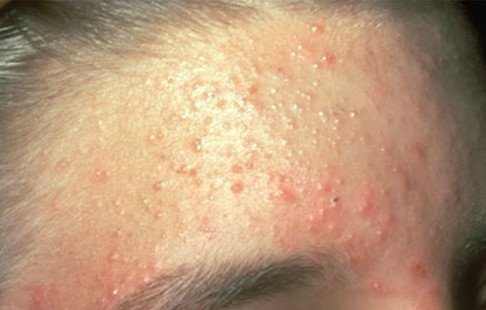
The following are common symptoms of oral thrush;
- Pustules around the mouth- these are small raised bumps that have a whitehead
- Red raised inflamed bumps around the mouth
- White spots on the roof of the mouth
- Bumps that are not fluid-filled on the lips and around the mouth
Pictures of yeast infected bumps
What do yeast infection bumps look like? Here is how yeast infected pimples look like:
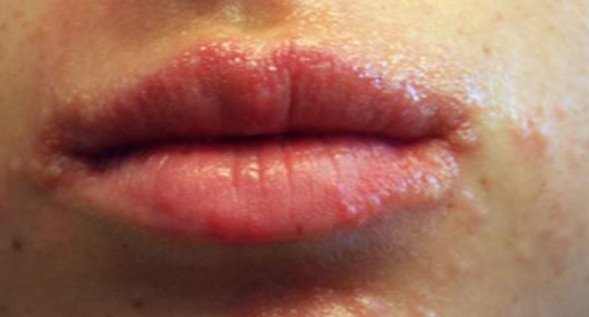
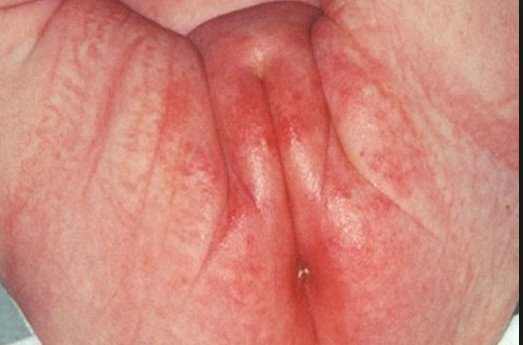
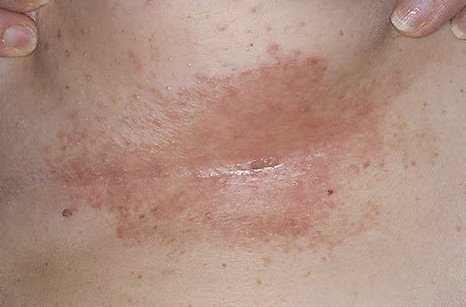
Symptoms of yeast infected pimples
Some of the common symptoms of a yeast infection pimple would include the following:
- Red or white, small, sores,
- Yeast infection symptoms can range from mild to moderate and include:
- Itching and irritation in the vagina and the tissues at the vaginal opening (vulva)
- A burning sensation, especially during intercourse or while urinating
- Redness and swelling of the vulva
- Vaginal pain and soreness
- Vaginal rash
- Watery vaginal discharge
- Thick, white, odor-free vaginal discharge with a cottage cheese appearance
For men, a yeast infection may show up in the form of itching or irritation around the head of the penis. The head of the penis can become sore and red, or there may be an appearance of white bumps. A skin rash can develop along the shaft of the penis as well, along with a burning sensation during urination.
Yeast infection bumps in females
Yeast infection bumps are caused by Candida Albicans, which are tiny organisms, living in and in the warm, moist areas of the body in small numbers and can divide in case of any change in ph. When pH balance is disturbed and becomes acidic, the yeast starts overgrowing, and this leads to vaginal yeast infections.
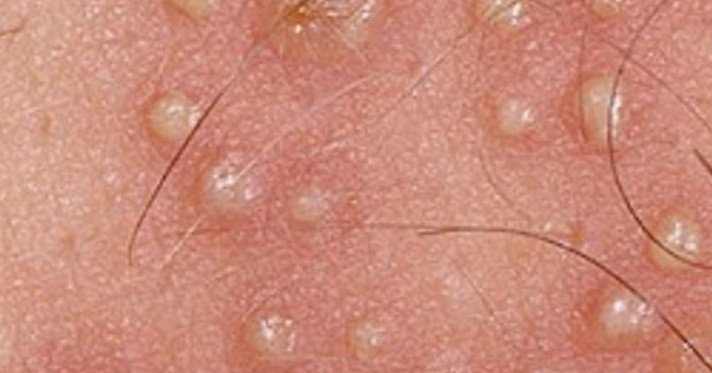
When candida starts colonizing the mucous membranes of the vagina or pubic parts or oral cavity, it will generally not cause bumps to appear in such areas. However, if the infection migrates to the skin around the vagina, the skin may become inflamed and form pimple-like whitehead bumps, also known as pustules. This can happen due to weakening the immune system due to diseases like diabetes and HIV/AIDS, regular use of estrogen pills and antibiotic drugs, causing a change in the pH of the vagina.
On labia,
The labia are the folds of skin that cover the female genitals. Yeast infection may cause swelling of the labia and labia majora. The vaginal walls may also be red with white patches and keep coming back even after cleaning. This condition is common and can be treated.
On vulva
Vaginal yeast infection is a common candida infection on the genitals. In most cases, it can result in bumps around the vulva. It is possible to end up with a swollen vulva, labia, as well as inflammation of your vaginal walls with a possibility of having white or red patches.
According to research, vulva itching is the common symptom present in most cases of vaginal candidiasis leading to sores on labia. The sores and bumps can get ugly if left untreated with poor hygiene making them worse.
Why does this occur? This condition occurs as a result of disturbances in the balance of yeast and bacteria present in woman’s vagina. Factors that increase that risk of a vaginal yeast infection or sores on labia due to yeast infection include;
- Pregnancy
- Use of antibiotics, corticosteroids or both
- Uncontrolled diabetes
- Compromised immune system
Yeast infection is more popular among women than men. In most cases, it is diagnosed easily when the woman is on antibiotics. This condition tends to spread easily around the genitals. The following are some of the common symptoms that may indicate yeast infection on the vagina;
- Redness inside the vagina walls
- Bumps around the vagina that keep spreading
- White patches on the vaginal walls that keep coming back
- The vulva may become swollen or inflamed
- Swollen labia or a sudden increase in the labia size
- Intense itchy vulva or having sore vagina
Treatment and Cure for yeast infection bumps
Summary: Products that support treating vaginal yeast infection bumps at home
| IMAGE | PRODUCT | DETAILS | |
|---|---|---|---|
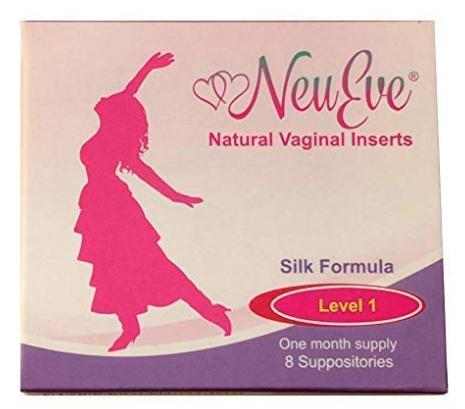 |
|
Check price | |
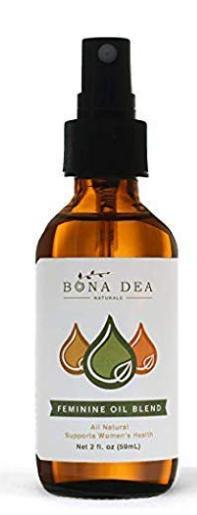 |
|
Check price |
Treatment of yeast infections varies, depending on the affected area.
1. Antibiotic medication
Antibiotic treatments can be recommended by your doctor to help with yeast infection bumps. Some of the commonly prescribed medications to clear up such pimples include Neosporin and polysporin.
Neosporin is considered the best because, according to research, it contains bacitracin, polymyxin B, and neomycin, all of which are all antibiotic medications.
Fluconazole (Diflucan) – this antifungal medication kills fungus and yeast throughout your body. You may experience minor side effects such as stomach upsets or headaches after taking it. Note: you shouldn’t take fluconazole for a yeast infection if you’re pregnant, this may cause miscarriage or birth defects.
2. Benzoyl peroxide and salicylic acid
Salicylic acid and benzoyl are popular bump treatments sold over-the-counter. These treatments exfoliate the skin and help in unclogging pores. When dirt is removed, the infection is completely eradicated and prevented.
You should keenly follow the manufacturer’s instructions before you use these medications.
3. Use a vaginal suppository
Just like an antifungal cream, over the counter vaginal suppository treats the infection by coming into direct contact with the fungus causing it. The ingredients may vary a bit, but usually contain antifungal medications like clotrimazole, butoconazole, miconazole or tioconazole.
You can use products like NeuEve® Suppository Silk Formula – it is all-natural and hormone-free (Check prices on Amazon)
Over-the-counter suppositories are also available, and the treatments are administered within seven days. You should properly read the instructions to find out how often you should use it and how to insert it properly. The suppository is usually conical, rod-shaped, or wedge-shaped, and they are inserted directly into the vagina.
4. Probiotics
Many types of yogurt contain the same type of probiotics that keeps the vagina healthy. In a recent Italian study, women with chronic yeast infections who placed a probiotic tablet directly to the vagina; one a night for 7 nights, then 3 nights for 3 weeks, and then one week, saw their rates of yeast infection drop by 87%. The professionals suggest that treating an infection with a conventional therapy first, and then a Lactobacillus pill such as Jarrow Fem-Dophilus (which can be found at local drug and health stores) to maintain a healthy vaginal environment.
5. Antifungal Vaginal oils/creams
Your doctor may recommend antifungal creams for severe yeast infections. You may apply a steroid cream for a few days to ease more severe inflammation, redness, and soreness of the opening of the vagina and the surrounding tissue called the vulva.
You can use oil blends with bioactive compounds (Check prices on Amazon)
Such creams usually come packed with an applicator that helps you measure the right dose. Some of the creams you apply inside the vagina.
6. Apply anti-itch cream
Anti-itch cream should be applied only around the vulva but not inside the vagina. These creams are combined with low-strength corticosteroids to reduce inflammation and itching and usually come with an applicator for accurately measuring the amount of cream used. An anti-itch cream will not treat the infection, but it will ease the itching, irritation, and general discomfort associated with yeast infections. It should be used along with an antifungal cream, vaginal suppository, or oral tablet.
Note: you should use an anti-itch cream formulated for the vaginal area. This is because some anti-itch could upset the pH balance of the area, thereby making the infection worse.
7. Vitamin E supplement
Vitamin E is an antioxidant that boosts the immune system and may be effective if a weakened immune system causes your yeast infection. The recommended dosage for adults is 15 mg per day. This vitamin can be found in foods such as;
- Vegetable oils
- Spinach
- Peanuts
- Almonds
- Broccoli
8. Eat foods with omega-3 fatty acids
Essential fatty acids can help reduce inflammation, and the burning sensation often experienced as a result of yeast infections. A mix of omega-6, found in evening primrose extract, and omega-3 found in fish or flaxseed oil is recommended. Foods that are rich in omega-3 include;
- Eggs
- Pinto beans and black-eyed peas
- Walnuts, almonds, and flaxseed
- Wild salmon and sardines
Apart from administering the treatment, you should also take some steps to prevent recurring of the yeast infection. The following are some of the tips you should observe;
9. Steer clear of certain foods and beverages
Experts suggest avoiding alcohol, sugary foods, and beverages, including artificial sweeteners, refined carbohydrates, and foods with a high concentration of yeast. Certain dairy products, such as cheese and butter, may also contribute to candidiasis. If you have low blood sugar or are unsure about which foods you should avoid, ask your dietitians to help you develop a personalized diet plan.
Home remedies for yeast infected bumps
Depending on the severity of your condition, the following are the common natural remedies to help treat or relieve the state of your yeast infected bumps.
1. Garlic
Garlic contains antibacterial and antibiotic properties that can help clear bacteria and yeast infections. It also contains sulfur-contains compounds that give it natural antifungal properties. Eating garlic cloves also helps in boosting the immune system that helps your body fight infections. The following is the procedure of using garlic to clear vaginal itching:
- Mix a few drops of garlic oil with 1 teaspoon of vitamin E oil
- Apply the mix on the vagina and leave it for 10 minutes
- Rinse with warm water and pat dry
- Repeat this procedure two times in a day
2. Honey
Honey contains antibacterial and antifungal properties that which make it an effective remedy for the treatment of bumps. It also helps to reduce inflammation and soothe the affected area. The following is how to use honey on your yeast infection pimples;
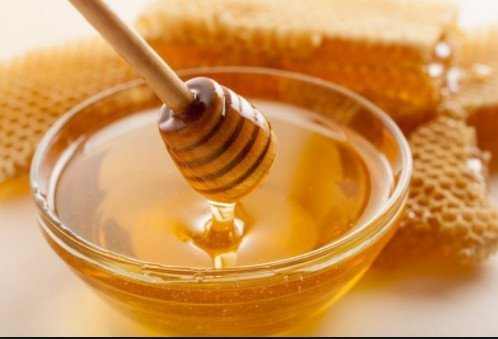
- Apply some honey directly onto the bumps
- Cover with clean gauze and leave it on for 20 minutes
- Rinse it off with cool water
- Repeat this procedure 2 times a day until the bumps clear
3. Coconut oil
Coconut oil contains medium-chain fatty acids like lauric, caprylic, and capric acid. These qualities make it an effective remedy for candidiasis. Research shows that those saturated fats have antimicrobial properties that help clear candida fungi without causing strains of candida that often resist antifungal treatments.
Our favorite is Majestic Pure Fractionated Coconut Oil (Check price on Amazon)
How to apply coconut oil;
- You can include coconut oil in your diet
- Start with one teaspoon of organic coconut oil daily
- Increase dosage with time up to 3 tablespoons per day
- You can also apply coconut oil topically on the affected area 3 or 4 times a day until you see improvement
4. Yogurt
Yogurt provides quick relief from vaginal itching and burning. This is because it has soothing effects and also controls bad bacterial growth. The following is the procedure on how to apply yogurt on your vagina:
- Add unsweetened yogurt into a plastic tampon.
- Refrigerate it to get little yogurt sicles.
- Insert these popsicles into the vagina for 2 hours.
- Additionally, apply some yogurt to the labia and vaginal opening.
- Put on a pad to collect the melting yogurt and find relief from the cold yogurt.
5. Tea tree oil
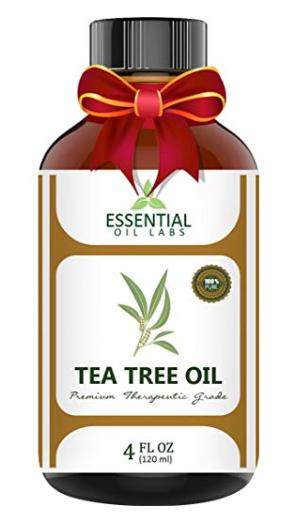
Tea tree oil contains antibacterial and antifungal properties. This is the reason it is an effective remedy for providing relief for bumps and also treating any yeast infections.
We highly recommend Essential Oil Labs Tea Tree Oil (Check price on Amazon)
The following is the procedure of applying this remedy:
- Mix 5 drops of tea tree oil with 2 tablespoons of freshly extracted aloe Vera gel
- Apply this mixture on the affected area and the surrounding areas
- Leave it for 10 minutes
- Rinse it with warm water and pat dry
- Repeat this procedure daily until the symptoms clear.
6. Oil of oregano
Oregano oils contain a compound called carvacrol that has been found to inhibit the growth of Candida yeast. Research has found that its antifungal and antimicrobial qualities can be effective in treating as well as preventing candidiasis. The following is how to use this oil to get rid of yeast infection bumps;
- Mix three drops of oregano oil with one tablespoon of olive oil
- Apply it gently on the affected area and leave it for a few hours
- Repeat this procedure on daily until the bumps clear
7. Apple cider vinegar
Apple cider vinegar is considered beneficial for treating candida infections since it helps restore your body’s pH balance. It is also rich in enzymes that help regulate the presence of candida. It creates an unfavorable environment for the growth of fungi and encourages healthy gut bacteria to balance the flora in your intestinal tract. This is the procedure of using ACV to cure yeast infections;
- You can mix one cup of apple cider vinegar in warm bath water and soak in the bath for 15 minutes
- Repeat this daily for few days
8. Olive leaf
Olive leaf is a potent destroyer of candida yeast and fungi due to its antifungal properties. It also contains oleuropein, an ingredient that helps stimulate the immune system.
How to use it;
- Make olive leaf tea by steeping one or two teaspoons of the herb in a cup of boiling water for about 15 minutes
- Drink two to three cups a day
- You can also take olive leaf extract [250 to 500 mg] three times a day.
- Even if the bumps clear continue to drink a cup of olive leaf tea daily, it acts as a preventive measure.
9. Cranberries
Cranberries contain a compound called arbutin that helps kill candida Albicans. They can help fight urinary tract infections, possibly by decreasing the adhesion of bacteria to the bladder and urethra. These properties make this remedy effective for eradicating yeast infection pimples.
- Drink a glass of unsweetened cranberry juice 2 to 3 times a day for a few weeks to clear out candida yeast.
- You can also eat cranberries if the juice is not available.
- There are cranberry tablets available if you don’t have the rest, take two to three times a day
10. Warm compressing
Warm compresses help improve blood circulation around the infected area. This helps reduce swelling and inflammation, hence speeding up the healing process. These compresses bring the pimple head close to the surface, making it easy to drain the fluid in it. The following is how to warm compress;
- Soak a clean piece of cloth in hot water
- Place it on the affected area for one or two minutes
- Repeat this procedure 2 or 3 times a day until the pimple head is visible
11. Hygiene
Hygiene is a basic home treatment for yeast infections. You should ensure that you bath with antifungal and antibacterial soaps to disinfect the skin and keep it from any further infection. You should pat dry after taking a shower and avoid overstaying in the shower or swimming at least until the bumps are gone.
In the case of oral thrush, try and brush the teeth and keep the mouth disinfected as possible by using recommended mouthwash. This will avoid multiplication of the fungi that cause yeast infection bumps around the mouth.
12. Boric acid
Boric acid is a widely known treatment for yeast infection because of its strong antifungal and antiviral properties. These qualities can help a great deal in treating vaginal yeast infections. The following is how to use boric acid to get rid of vaginal yeast infection;
- Obtain new gelatin caps and add some boric acid in them
- Insert them into the vagina before going to bed
- Repeat this for up to a week- you may notice some improvement
- In case of any side effects, you should immediately stop the medication
- You can also insert boric capsules in the vagina to cure the infection of candida
13. Diet
You should observe proper diet as recommended by a nutritionist. This will help you in having a strong immune system that will help in fighting mild fungal and bacterial infections
Consider increasing the intake of fruits and fresh vegetables that are prepared with less fat. Regulate your sugar intake and foods that contain extra-refined flour.
During treatment, you should consider reducing alcohol intake since it dehydrates the skin, causing sores and bumps to easily spread.
14. Cotton underwear
A warm, moist environment may push a yeasty infection colony into overdrive. You should, therefore, consider the age-old advice- wear cotton-lined underwear, and avoid pantyhose and tight jeans. Also, change out of swimsuits and gym clothes right away. You can also choose to go without underwear to let air in the perineal area if you have a history of chronic infections.
References
- Yeast infection bumps: causes, remedies, and treatments: http://www.overfitt.com/causes-yeast-infection-bumps/
- Yeast infection bumps: http://www.healthmds.org/lumps/yeast-infection/yeast-infection-bumps-sore-vagina-penis-mouth-red-itchy-pus-blisters-rash-causes/
- What prescription treatments are available for vaginal yeast infections: http://www.webmd.com/women/guide/yeast-infection-treatments-prescription-drugs#1
- home remedies for vaginal yeast infections: http://www.healthline.com/health/womens-health/yeast-infection-home-remedy#overview1

